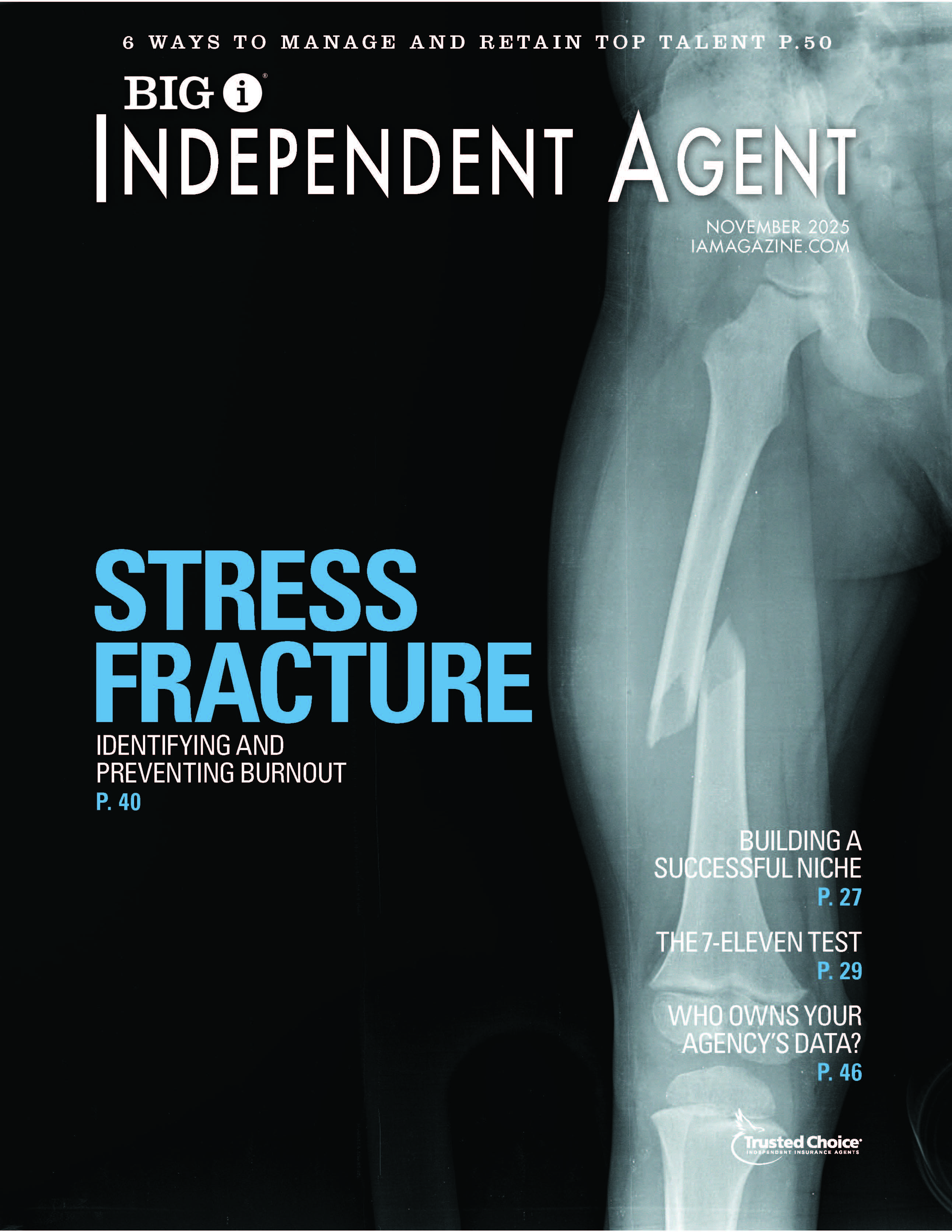Is Your Agency Making Empty Promises on Its Website?

By: Ellen McCarthy
Technology has done wonders to increase an insurance agency’s productivity and sales goals. But the statements an agency makes on its website and marketing materials can lead to serious, unintended consequences from an E&O perspective.
Consider John Client, who owns several older apartment buildings. He comes to your agency seeking property coverage for the buildings. You meet with John, visit the buildings and procure a policy based on the limits John specifically and unequivocally requests. Several months later, one of the buildings burns down due to faulty wiring. The carrier pays the full policy limits to John. Dissatisfied with his recovery, John then sues the agency, asserting that the amount of coverage on the building was inadequate and that the agency should have recommended higher limits.
You meet with your appointed defense counsel and discuss the standard of care of insurance agents in your state. Your state has an “order taker” standard, meaning that an agent has an obligation to procure requested coverage without any duty to advise as to appropriate limits. Your defense counsel is relatively confident that you met the standard of care.
But then, John amends the lawsuit. In the new complaint, John cites the agency’s website language, which advertises that it procures “great insurance protection,” that its “agents will help you choose the amount of coverage that best fits your individual situation,” “works hard to ensure that you are fully covered for all those risks that most apply to you” and “produces the most complete plan to safeguard your business.”
Now, counsel informs you that the allegations based on your webpage in the amended complaint may be sufficient to establish that a “special relationship” existed between you and John. In the event of a special relationship between agent and customer in your state, the agent may have an affirmative duty to advise about types and limits of available coverage. Your website language makes you susceptible to an adverse finding. Subsequently, your E&O carrier enters into a negotiated settlement of John’s claim with your consent.
While hypothetical, the above situation is not at all unusual. Thoroughly review your website and other marketing materials, asking:
- Could any representations create unrealistic customer expectations?
- Does the content make promises the agency may not be able to fulfill?
- Does the agency website inadvertently create a heightened standard of care?
-
Would you want your website statements blown up on a poster board as a trial exhibit?
Statements on your agency’s website are not just advertising slogans. Don’t make promises unless you can deliver.
Ellen McCarthy is a vice president and claims expert at Swiss Re Corporate Solutions and teleworks out of the Overland Park, Kansas office.
Creative PlaintiffsSwiss Re Corporate Solutions has faced numerous claims against our insured agents in which creative plaintiff lawyers have used an agency’s website language and/or marketing materials to bolster allegations of negligence. In fact, in researching for this article, we were amazed at how often this issue actually occurs in our claims scenarios. In one situation, counsel enlarged the language from an agency’s website on to a large poster board for use in his opening statement. This exhibit highlighted statements from the agency’s marketing materials, including, “Insurance is confusing…let us help you through the maze. We are your business partner.” The plaintiff’s counsel used this language to make a very convincing argument that the agency had an enhanced duty to the customer and had, in fact, abandoned its “business partner” by not advising as to the appropriate coverage. Everyone was surprised by these developments, including the agency owner, who had forgotten about the website. In yet another case, an agency developed a mission statement that appeared on its website as well as all outgoing correspondence and emails. The mission statement said, “We will obtain coverage to fully protect the financial stability and assets of our customers.” When a customer caused a serious car accident and had inadequate liability limits to fully compensate the injured party, the customer pointed to the agency’s mission statement to establish a heightened duty of care in procuring adequate coverage. The promise of the mission statement was problematic from a defense perspective, and the case was settled quickly as a result. —E.M. |










